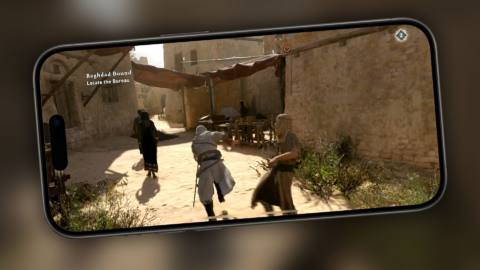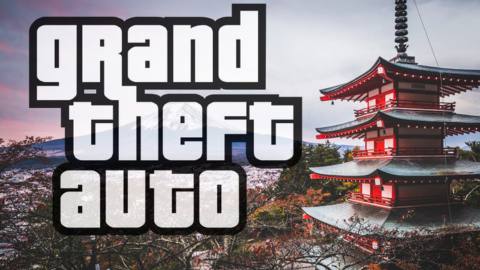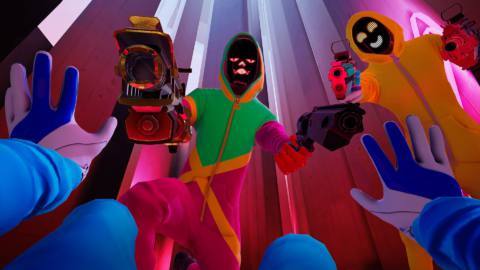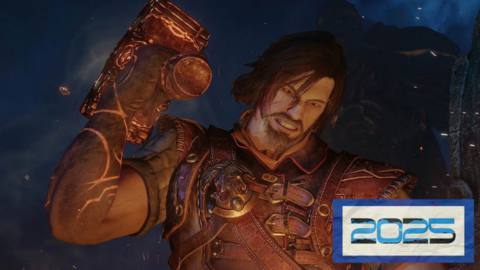
What if you could double or even triple almost any game’s frame-rate, just by installing a small program onto your PC? It has echoes of downloading additional RAM, but this is exactly what the app Lossless Scaling can now provide using frame generation technology. We’re already familiar with the effects of frame gen with Nvidia’s DLSS 3 and AMD’s FSR 3, so how exactly does Lossless Scaling work by comparison, how do the generated frames look and feel, and what are the best use cases for this new-found functionality?
First of all, it’s important to note that Lossless Scaling’s frame generation is fundamentally different to how Nvidia and AMD’s frame-gen tech works. DLSS 3 and FSR 3 leverage the final colour frame of two rendered images before the HUD is drawn, with motion vectors for both frames used to generate the frame between. Motion vectors are essentially a cheat sheet that tells the frame generation where and how objects are moving, and they’re deliberately exposed to DLSS and FSR frame generation by game developers.
In contrast, Lossless scaling is more like a mod, without any access to the game’s internals. The frame generation step is instead performed as a post-process, giving it access to two fully rendered images – including the HUD and not including the motion vectors. That means the app has to guess what is moving in an image, rather than having that hard data to hand. According to Lossless Scaling developers THS, this guesswork is performed using machine learning to more accurately generate those extra frames.






